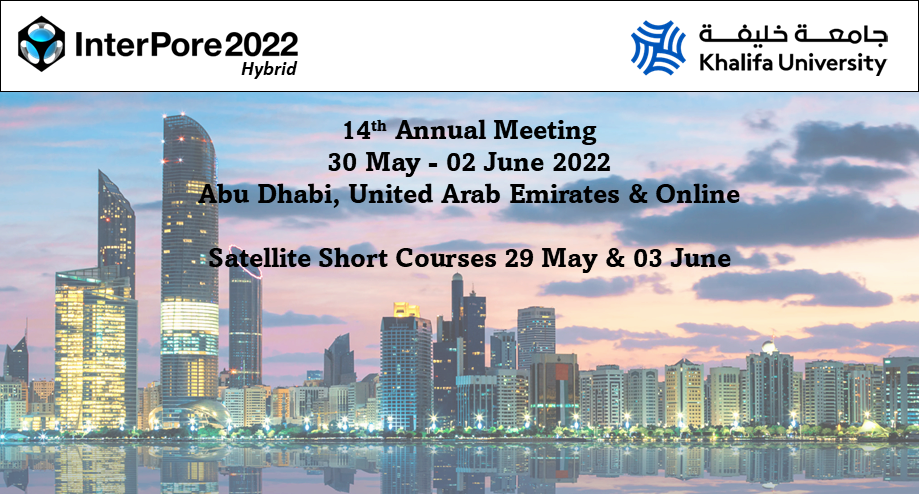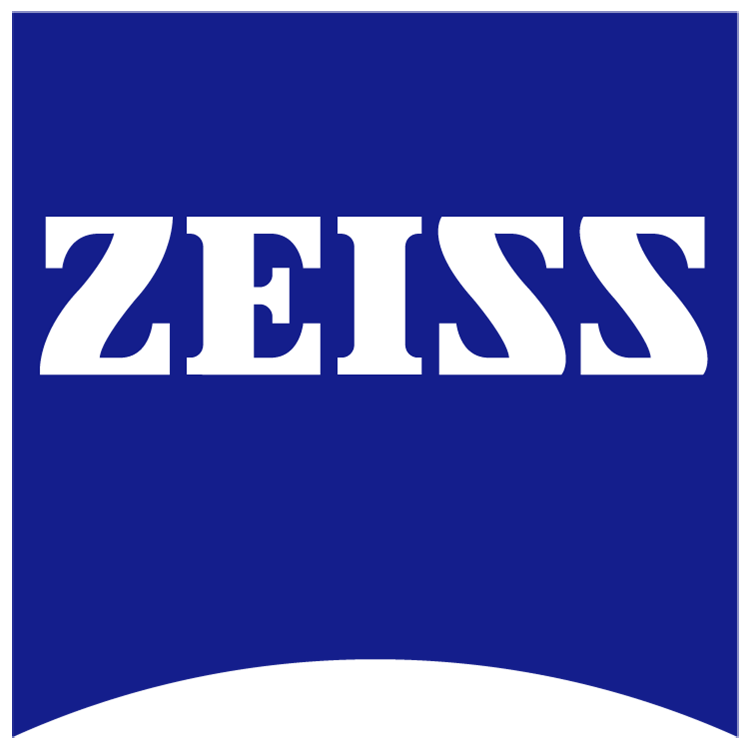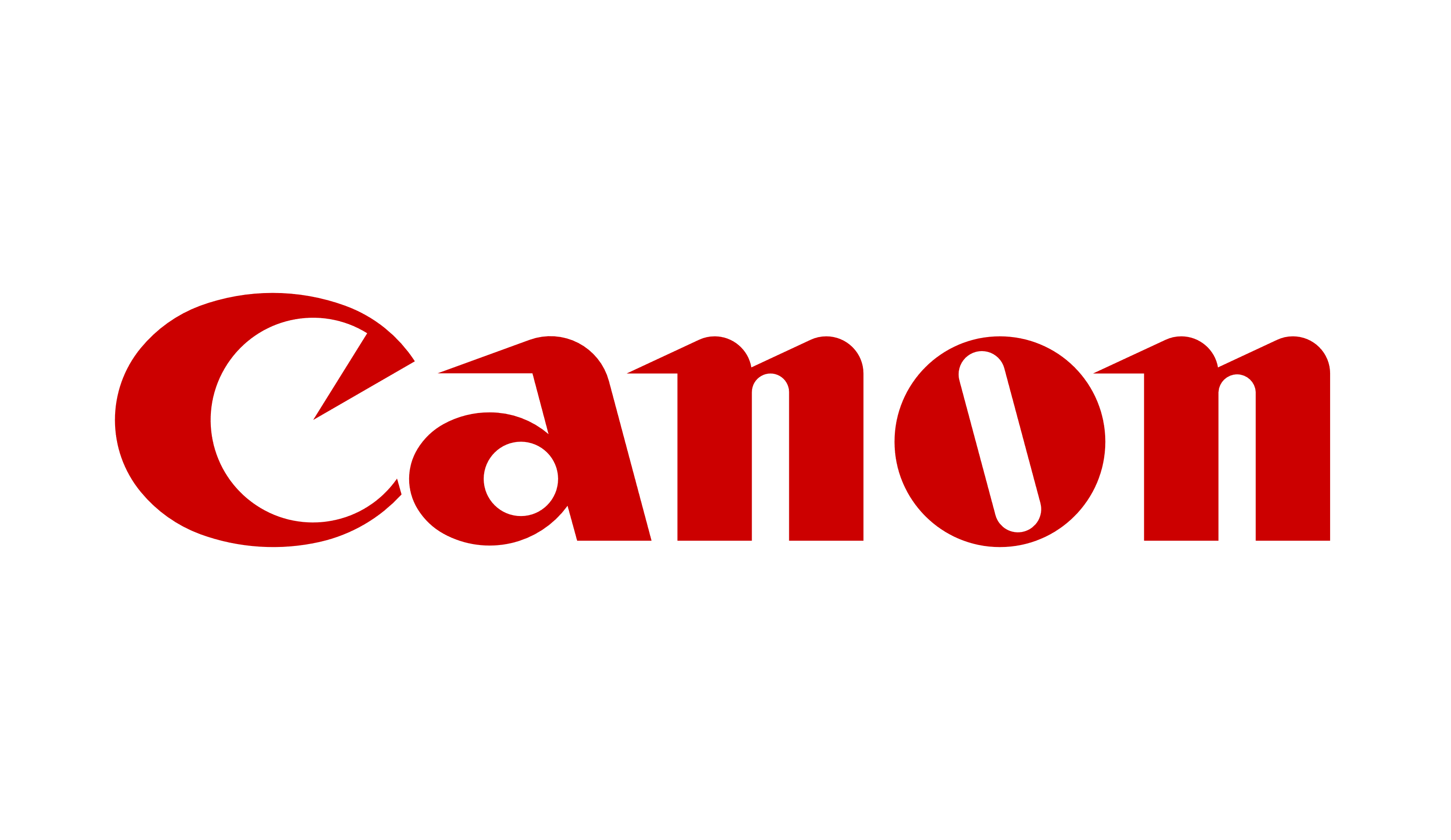Speaker
Description
Reactive boundary conditions are employed to model an increasingly wide range of transport scenarios (e.g., [4];[1];[5]). While the capability of a variety of computational schemes for reliable description of such reaction-diffusion processes at the boundary of a given domain has been assessed in the literature [2], the effects of hydrodynamic processes on the rates of reactions taking place at the boundary are still largely unexplored. We present a computational algorithm based on a probability density function approach to model turbulent mixing and transport of scalars through a channel in the presence of reactive boundary conditions. The Parametrised Scalar Profile theory (PSP) originally proposed by Meyer and Jenny [3] is used to model turbulent mixing. A Lagrangian stochastic particle technique is used to model scalar transport. We consider a system with a partially adsorbing boundary condition. The latter is formulated in upon considering that, upon interacting with the boundary only some particles are adsorbed, while other particles are reflected. The formulation rests on a Gaussian updating rule which is derived with the assumption that particle reactions are families of weakly dependent events. This allows such reactions to be incorporated in the modelling system, while maintaining the ability to use the full probability density function (PDF) of the scalar concentration across time and space. We apply our computational framework to a scenario comprising of turbulent flow in a narrow channel with a single reactive wall. We observe that increasing the turbulence frequency leads to a reduction in the peak concentration variance along the channel, corresponding to an increase in mixing rate. Additionally, an analysis on the effects of a key model parameter driving the reaction enable us to provide a method for reducing the initially observed multi-modal behaviour of concentration distribution in the channel.
References
- [1] Steven S Andrews and Dennis Bray. Stochastic simulation of chemical reactions with spa- tial resolution and single molecule detail. Physical Biology, 1(3):137–151, aug 2004. doi: 10.1088/1478-3967/1/3/001. URL https://doi.org/10.1088/1478-3967/1/3/001.
- [2] Radek Erban and S Jonathan Chapman. Reactive boundary conditions for stochastic simulations of reaction–diffusion processes. Physical Biology, 4(1):16–28, feb 2007. doi: 10.1088/1478-3975/4/1/003. URL https://doi.org/10.1088/1478-3975/4/1/003.
| Participation | In person |
|---|---|
| Country | United Kingdom |
| MDPI Energies Student Poster Award | Yes, I would like to submit this presentation into the student poster award. |
| Time Block Preference | Time Block B (14:00-17:00 CET) |
| Acceptance of the Terms & Conditions | Click here to agree |









